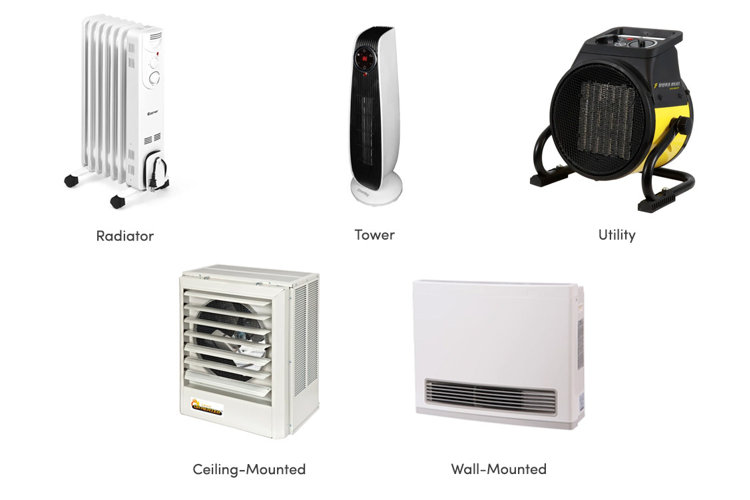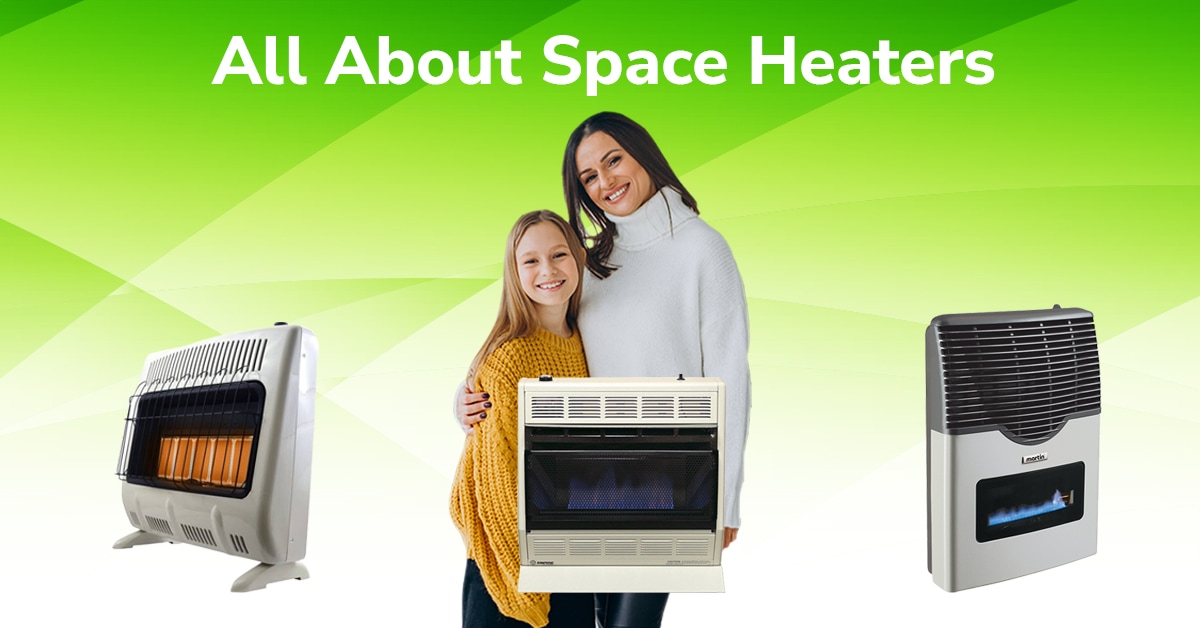The Best Guide To 1 Source Portable Air
Indicators on 1 Source Portable Air You Need To Know
Table of ContentsThe Best Guide To 1 Source Portable AirAn Unbiased View of 1 Source Portable Air1 Source Portable Air for BeginnersThe Single Strategy To Use For 1 Source Portable Air5 Simple Techniques For 1 Source Portable Air
Running costs are based upon a power cost of 40c/kWh. The expenses for 3 months' use in winter season are based on 500 hours utilize, or about 6 hours per day for three months. Optimum warm output is based on the optimum electrical power of the models we've tested (we focus on greater electrical power heaters).
This relies on what cost you're checking out ahead of time acquisition, or running cost? As common, there are trade-offs with either selection. Usually, tiny fan heating units are cheaper to purchase, however can have higher running prices. Oil column heating units will certainly be the cheapest on the market to run (on average) yet only by a narrow margin ahead of convection heating units (like panel and micathermic panels).
The smart Trick of 1 Source Portable Air That Nobody is Discussing
If you have a relatively easy to fix ceiling follower, it'll help distribute the heat around the room much more evenly. A number of expensive heaters have actually stopped working to excite our testers, while some more affordable models make for remarkably good buys.
As the name recommends, they radiate warmth from a red-hot burner (so the family members will have to take turns sitting in front of it). There are flooring and wall-mounted designs readily available. Radiant heating systems are fairly affordable. They have a cosy radiance and personal warming impact, like resting in front of a fire.
The reasonably exposed heating aspect can be a fire and safety risk. For instance, an item of clothing dropped over it might ignite, or little kids playing around a floor design may shed themselves, so take care. Glowing heaters typically cost in between $20 and $200. Oil-filled column heating systems do not actually burn oil they use electrical power to warm the oil that's secured inside their columns or 'fins'.
Top Guidelines Of 1 Source Portable Air
Some column heating units aren't also oil-filled but instead make use of various other product or home heating innovation to work similarly - 1 Source Portable Air. The danger of fire with an oil column heater is reduced compared to various other heating system types, but never zero. Oil heating systems do not have revealed aspects like glowing heating units do, and their surface temperature level is lower than several various other heating unit types (their huge surface offsets it)
Oil column heaters won't explode, and while they do not shed their oil to create warm, it's still combustible, so there is a fire get more threat if the oil leakages, if the heater pointers over and leaks, or if combustible items or fabric enter into get in touch with or drop on the heating unit. You need to exercise the very same level of care with oil heaters as for various other heater kinds, and never hang towels or clothing over one to completely dry them use a drying out shelf instead, a minimum of one metre away.
Column heaters are especially useful in spaces where they'll be changed on for lengthy periods of time or where they'll run neglected, such as overnight in a bed room. The surfaces you're most likely to touch on useful source a column heater do not obtain as hot as various other types of electrical heating systems. You can use a ceiling fan on extremely reduced rate to assist the column heating unit to disperse the warmth faster and much more uniformly.
If there's not much air motion (for instance, if you're sitting reading or enjoying television), the warm might not be dispersed evenly. Oil-filled column heating units normally set you back between $50 and $450. Convection and panel heating units draw cool air over an electric burner. The warmed up air after that leaves the heating system and increases in the direction of the ceiling, while cooler air steps in to change it.
Some Known Facts About 1 Source Portable Air.

Convection and panel heating units are much more mobile than their oil-filled column heating system equivalents because they're significantly lighter. They'll warm the air in a room equally and swiftly. Like a column heating unit, you can use a ceiling follower on very reduced speed to disperse the heat much faster and my latest blog post a lot more evenly. Some versions, particularly panel heating systems, are relatively expensive to acquire.

About 1 Source Portable Air
Follower heating units are frequently smaller and a lot more mobile than various other electric heaters. They likewise can be found in the form of tower fan heaters, which can be better for dispersing heat around bigger rooms due to their taller profile. They can heat up the air in a space a lot more quickly, uniformly and quickly than a few other heating unit types.
Fan heaters (ceramic or otherwise) usually price in between $60 and $900. Ceramic fan heating systems aren't necessarily any various in cost to non-ceramic designs.